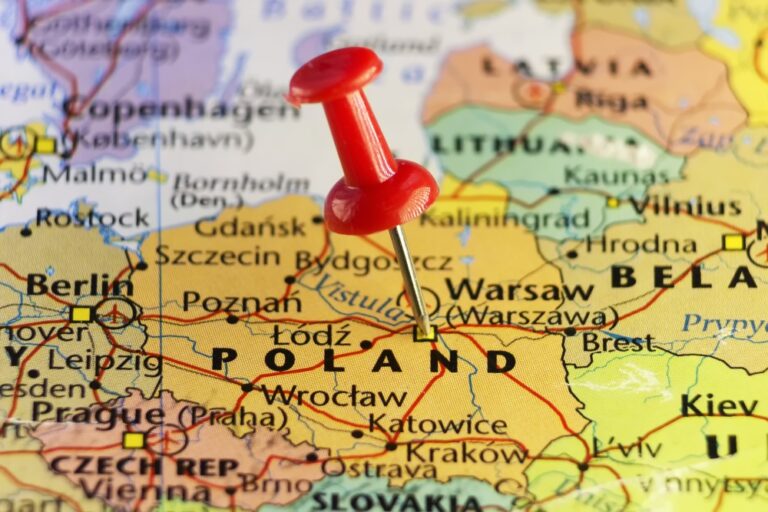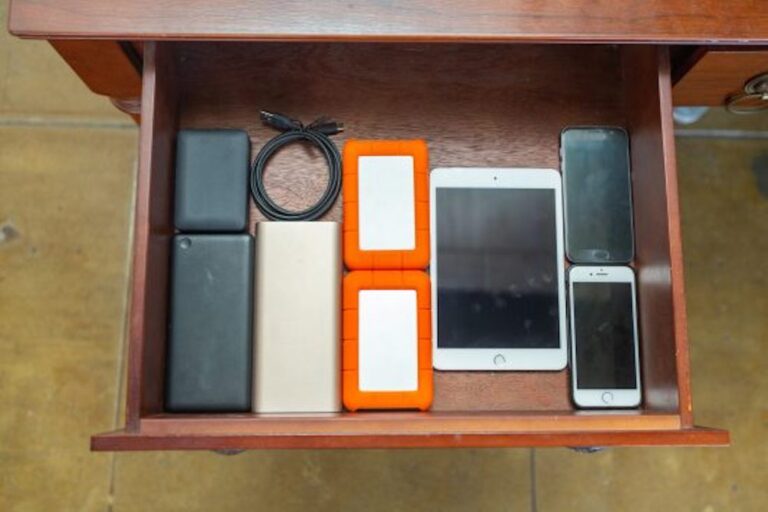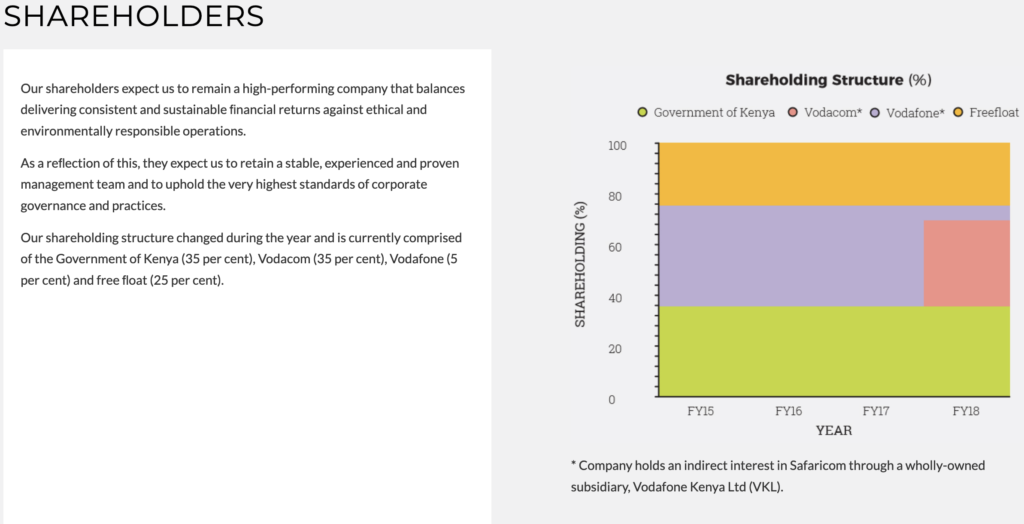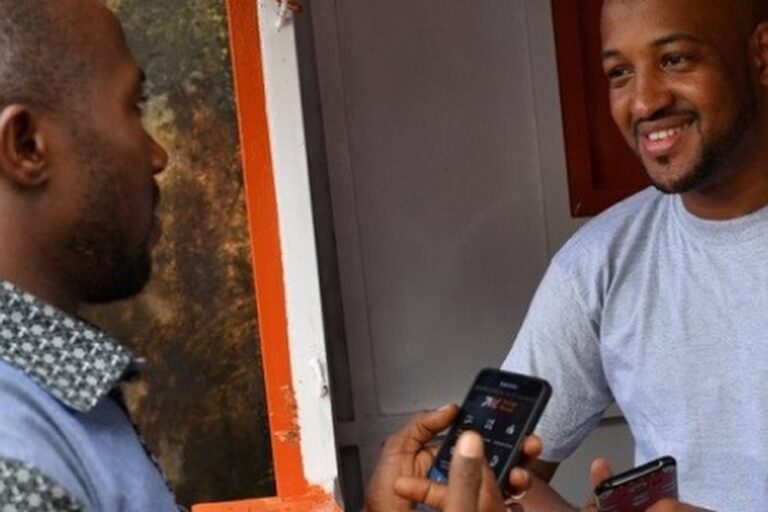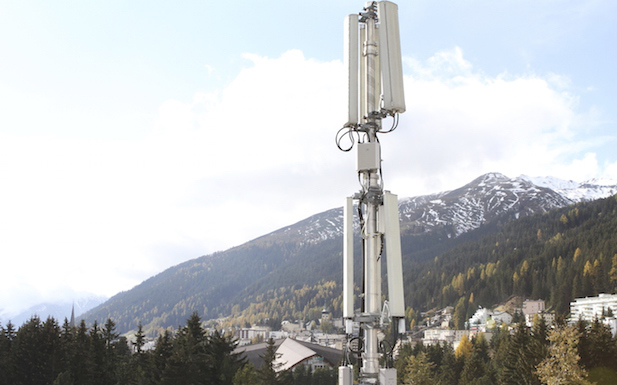As OpenStack V25, Yoga, stretches out it’s still too stiff in places
Satellite service provider Inmarsat has appointed Sandvine to run its application and network intelligence system to fine tune its OpenStack private telco cloud.
OpenStack, a massive open source infrastructure service, gives telcos the option to run their own clouds on their own premises. Opinion is divided on its use because it’s regarded as a powerful tool that’s dangerous in the wrong hands. Open source advocate Canonical once issued pamphlets and ran webinars warning of its dangerous complexity to the uninitiated.
However, China Mobile alone runs a vast OpenStack system that’s measured in central processor unit (CPU) cores, of which the telco has amassed 6million in its cloud. At least 180 public cloud data centres now run OpenStack. But even as it released version 25 of its software, dubbed Yoga, on March 31, there are many challenges that make this DIY building project a money pit. Like all large open-source projects, OpenStack has gone through its ups and downs and the problem with maintaining continuity gave rise to the condition known as stuckstack, caused by a lack of orchestration between all the different software updates of each components of the software stack.
This is what Inmarsat is aiming to avoid with the appointment of Sandvine, said its CEO Lyndon Cantor, in a press release. “Our relationship with Inmarsat started with network policy control in 2015, and has since evolved towards new 5G network architecture for emerging 5G and satellite services,” Cantor said.
Migrating to Sandvine’s ActiveLogic Hyperscale Data Plane, means Inmarsat can roll out new services in response to changing market demands. Sandvine can manage network optimisation, ‘heavy users’, video streaming, wholesale and peering links and usage-based services on behalf of the satellite service which supplies infrastructure options to mobile operators.
The Open Infrastructure Foundation, the body behind OpenStack and other projects like Kata Containers, said OpenStack now manages over 25 million CPU cores in production and that nine out of the world’s top 10 telcos now run OpenStack.
The three-year Sandvine deal will support Inmarsat’s work in building out its Orchestra network, which offers a service for global mobility and government customers. Orchestra is a dynamic mesh network combining Elera (L-band) and Global Xpress (Ka-band) satellite networks, with terrestrial 5G as well as targeted low earth orbit (LEO) satellite capacity.
The deal extends an existing seven-year relationship for network policy control between the two companies, the new contract spans Flexible Policy and Traffic Management and use cases for satellite networks. It also includes Sandvine’s ScoreCard monitoring system, Insights exports, a cloud-optimised Active Logic Hyperscale Data Plane and the Maestro Policy Engine.
Sandvine said that offering its machine learning-based application classification and single-pane visualisation in the cloud allows Inmarsat to improve its traffic management and customer experience at less expense.
Meanwhile after 25 releases in 12 years, the OpenStack community is still adding new features, fixing bugs and running those perilous updates. With more vendors involved it must find resources to support all the additional hardware. Nvidia is now a major contributor to OpenStack, so there is new support for SmartNIC DPUs, that can offload network processing to specialised cards in OpenStack’s core networking and computing services. New mass storage hardware, such as NVMe/TCP and NEC V Series Storage, appeals to large operators such as telcos and will need to be catered for somehow.
“It’s great to see all hardware makers directly involved in OpenStack to make sure that we correctly support and expose the features in their hardware,” said the Open Infrastructure Foundation general manager Thierry Carrez.


